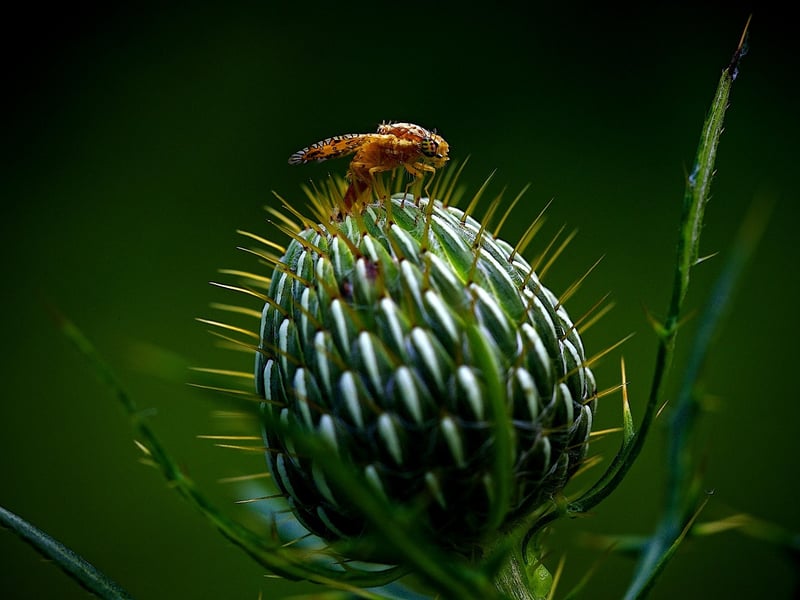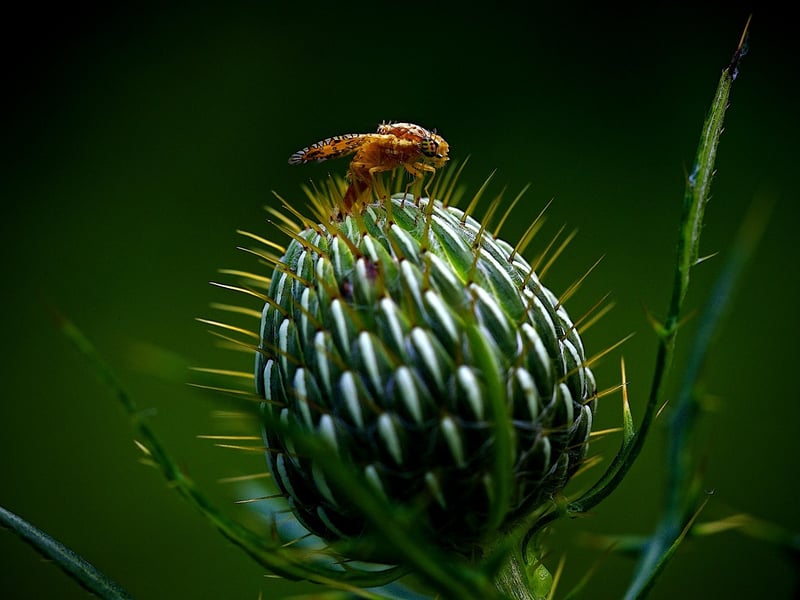Identifying Garden Pests
Protect Your Plants: Identifying Garden Pests
Welcome to our guide on protecting your plants by identifying common garden pests. As a plant lover, maintaining a healthy garden is crucial, and knowing how to spot and deal with pests can make a significant difference in your plants' well-being. Let's dive into the world of garden pests and learn how to protect your green friends!
Types of Common Garden Pests
1. Aphids: These small insects feed on plant sap, causing leaves to distort and yellow. They reproduce quickly, so early detection is key.
2. Slugs and Snails: These creatures leave holes in leaves and can decimate young plants overnight. They are often found in damp areas.
3. Caterpillars: Caterpillars can munch through leaves, flowers, and fruits. Look for chewed edges or holes in your plants.
Identifying Garden Pests
1. Visual Inspection: Regularly check the underside of leaves, stems, and the soil surface for any signs of pests.
2. Damage Patterns: Different pests leave distinct damage patterns. Learn to recognize these patterns to identify the culprit.
3. Use of Traps: Set up traps like beer traps for slugs and sticky traps for flying insects to monitor and catch pests.
Protecting Your Plants
1. Natural Predators: Encourage beneficial insects like ladybugs and lacewings that prey on garden pests.
2. Companion Planting: Planting certain crops together can help deter pests. For example, marigolds can repel nematodes.
3. Organic Sprays: Use homemade sprays like neem oil or insecticidal soap to control pests without harming beneficial insects.
By being vigilant and proactive in identifying and dealing with garden pests, you can protect your plants and promote a thriving garden ecosystem. Happy gardening!

